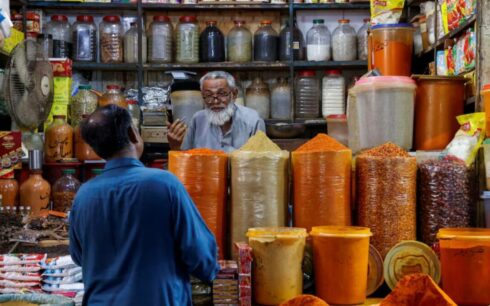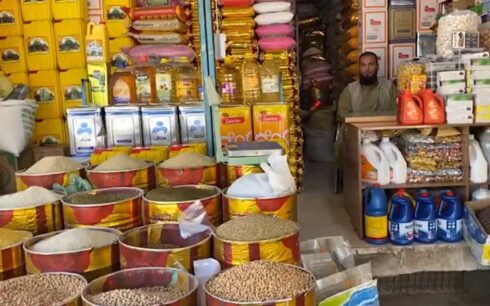The value of Afghanistan’s currency, the Afghani, has surged against the U.S. dollar over the past week, with one dollar exchanging for 69 Afghanis on Thursday in Kabul. Despite the currency’s appreciation, Afghan citizens expressed frustration, noting that prices for food and essential items have remained unchanged.
The rise in the value of the Afghani began in February, with minor fluctuations throughout the year. In February, the exchange rate dropped to 70 Afghanis per U.S. dollar, and by Thursday, it had strengthened to 69 Afghanis.
Afghanistan remains under Taliban rule, which is not recognized internationally and operates under severe economic restrictions. This raises questions about how the Afghani could rise against the dollar in such conditions.
Officials from Afghanistan’s Central Bank, now run by the Taliban, attributed the currency’s stability to the bank’s actions. At a press conference in Kabul last week, officials stated that they have auctioned U.S. dollars 39 times to stabilize the Afghani. However, they did not disclose the total amount auctioned or the source of the dollars.

Economists have pointed to these auctions as the reason for the currency’s rise. According to a report by the U.S. Special Inspector General for Afghanistan Reconstruction (SIGAR), Washington has provided or allocated $17.19 billion in assistance to Afghanistan and Afghan refugees since the Taliban’s takeover.
Some experts suggest that U.S. aid has had a stabilizing effect on Afghanistan’s currency. “The main reasons for the increase in the value of a country’s currency should be economic growth, a favorable balance of exports over imports, and the growth of small businesses,” said Sayed Haroon Amini, an economist. “However, none of these factors are present here. The economic situation in Afghanistan has completely deteriorated, and the increase in the value of the Afghani against the dollar is meaningless and unsustainable.”
SIGAR also revealed that two State Department bureaus failed to ensure compliance with internal policies for vetting aid groups in Taliban-ruled Afghanistan, which received $293 million in funds. This raises concerns that extremists may have benefited from the aid.
Richard Bennett, the UN special rapporteur for Afghanistan, noted that while international aid is intended for humanitarian operations, some investigations have shown that a portion of these funds ends up with the Taliban in the form of rent and taxes.
Analysts believe that the Taliban is auctioning dollars received through international aid to maintain the stability of the Afghani.
Despite the currency’s gains, ordinary Afghans say they have yet to see any improvement in their standard of living. “There is extreme poverty; our youth are wandering around, helpless. There is no work, and people are extremely distressed,” said a Kabul resident.
According to the UN, more than half of Afghanistan’s population lives below the poverty line, with nearly 24 million people projected to need humanitarian assistance in 2024. The UN has also warned of a significant funding gap that has affected its operations in the country.





